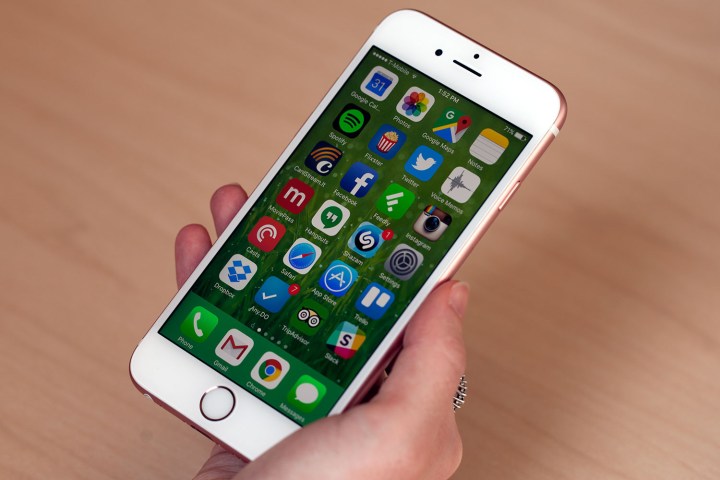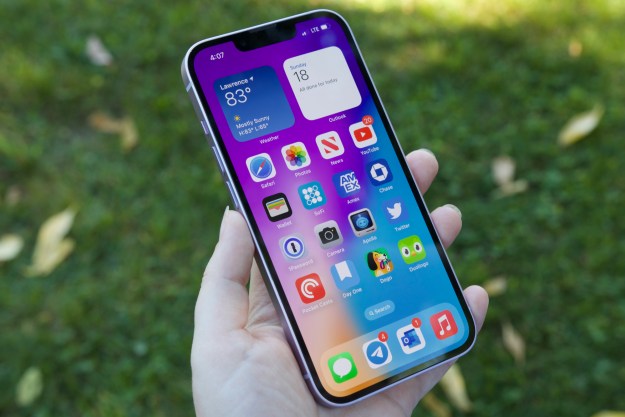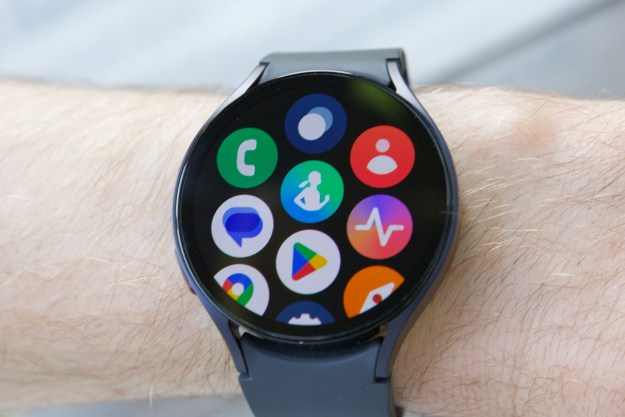
Intel recently announced that it would soon be making ARM-based chips, a decision that’s reportedly the reason why Apple is considering the switch. At the time the announcement was made, it was thought that Apple might consider a switch, but not until around 2019. These new ARM-based chips could seriously compete against the likes of TSMC and Samsung, both of which produce Apple’s “A” chips for the iPhone.
A report from Nikkei Asian Review suggests Apple and Intel are already in talks about processors for the iPhone. That makes sense — according to the report, Intel aims to take at least one or two top-tier customers from TSMC, one of which is most certainly Apple.
The report highlights another important aspect of the possible change — while Samsung and TSMC have both hugely profited from Apple’s business, Apple has always been pressured to move as much of its business as possible to the U.S., and buddying up with Intel would be an important step in that direction. Intel is based in Santa Clara, California.
Of course, it’s also possible that Apple will simply embrace Intel as one of multiple suppliers — the company wants to diversify its supply chain in order to help avoid production issues. Another possibility is that Apple will drop Samsung for Intel and keep TSMC due to the fact that Samsung is Apple’s main competitor in the smartphone business. This wouldn’t be the first time that Apple and Intel have partnered up — Intel already supplies the processors for the Mac lineup, although some suggest that Apple is testing ARM-based alternatives to Intel’s processors for the Mac.
Editors' Recommendations
- Nomad’s new iPhone case and Apple Watch band may be its coolest yet
- Here’s how Apple could change your iPhone forever
- We now know when Apple is adding RCS to the iPhone
- The DOJ has sued Apple over the iPhone. Here’s what it means for you
- UPS worker accused of nabbing $1.3M worth of iPhones and other Apple gear


